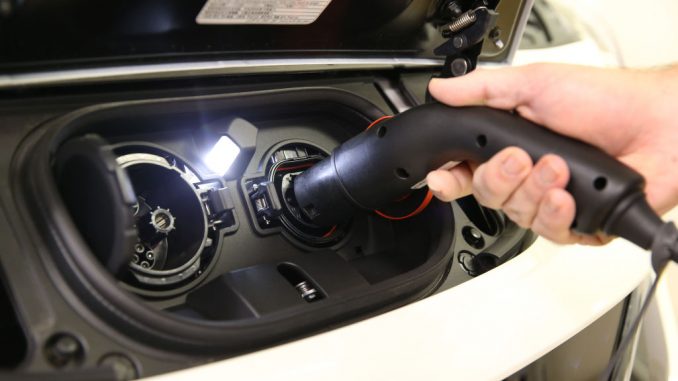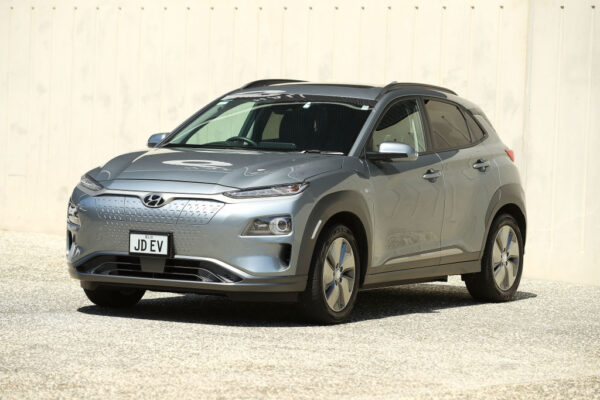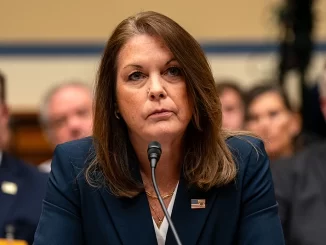
‘It’s like turning on the air conditioner and the heater all at once. It just makes no sense’
The Victorian Labor Government has pledged that $46 million (US$36 million) will go to grants encouraging Victorians to purchase zero-emission vehicles (ZEVs).
The funding is part of the Victorian Government’s emissions reduction strategy, which seeks to halve emissions (from 2005 levels) by 2030, aiming for 50 percent of all new vehicle sales by 2030 to be ZEVs.
This is in spite of an announcement by the government in March proposing a new tax on ZEVs—expected to raise $30 million over four years—leading both sides of the political divide to accuse the government of simply trying to appeal to environmental criticisms without enacting meaningful legislation.
A Victorian Greens party spokesperson believes the incentives are “an attempt at a political fix, not a genuine climate fix.”
“Labor’s confusing approach of offering incentives for electric vehicles with one hand while increasing taxes on them with other will undermine efforts to reduce transport emissions,” the spokesperson said.
Opposition Leader for the Liberal Party Michael O’Brien expressed a similar sentiment, describing the decision as “crazy.”
“At the same time as the government is imposing a new tax on electric vehicles to make them more expensive, the government is also announcing subsidies for electric vehicles to make them cheaper,” O’Brien told reporters on Tuesday.
“It’s like turning on the air conditioner and the heater all at once. It just makes no sense,” he said.

Criticism was also directed towards the Victorian Labor Government’s attitude towards impact on the working taxpayer, with Federal Energy and Emissions Reduction Minister Angus Taylor’s spokesman saying the new subsidy will “hurt working Australians.”
“Labor has surrendered to the growing activist class in our big cities, putting forward policies that will see the taxes of hardworking men and women handed over to wealthy Australians in the form of EV subsidies,” he said.
The subsidy offers $3,000 to the first 20,000 new electric vehicle (EV) car buyers. However, the reimbursement will only apply to vehicles costing less than $69,000. According to The Driven site, Australia in 2021 has no EVs available under $40,000, with only seven vehicles cheaper than $70,000.
The initially proposed zero emission vehicle tax—which is yet to pass through state parliament—was put forth to assist in the development of electric vehicle charging stations and provide funding towards road maintenance.
RACV senior engineer Nicholas Platt explained in a media statement that motorists in conventional petrol cars pay a fuel excise of about 42 cents a litre, which provides funding towards road maintenance and infrastructure. Electric vehicles, on the other hand, avoid the levy entirely, despite sharing the same roads.
“As the number of zero-emission cars on our roads continues to grow, the EV tax will make up for lost fuel excise, so authorities can continue to fund and maintain Victoria’s roads,” Platt said.
The tax was met with heavy criticism from environmental groups and the Australian Industry Group, whose Chief Executive Innes Willox said the levy may discourage emission reduction efforts.
“Australia is currently well behind our peers in that transition,” Willox said. “Our slow uptake of clean vehicles is holding back national progress towards emissions targets—and increasing the pressure on every other part of the economy to deliver cuts.”
AAP contributed to this report.






Be the first to comment